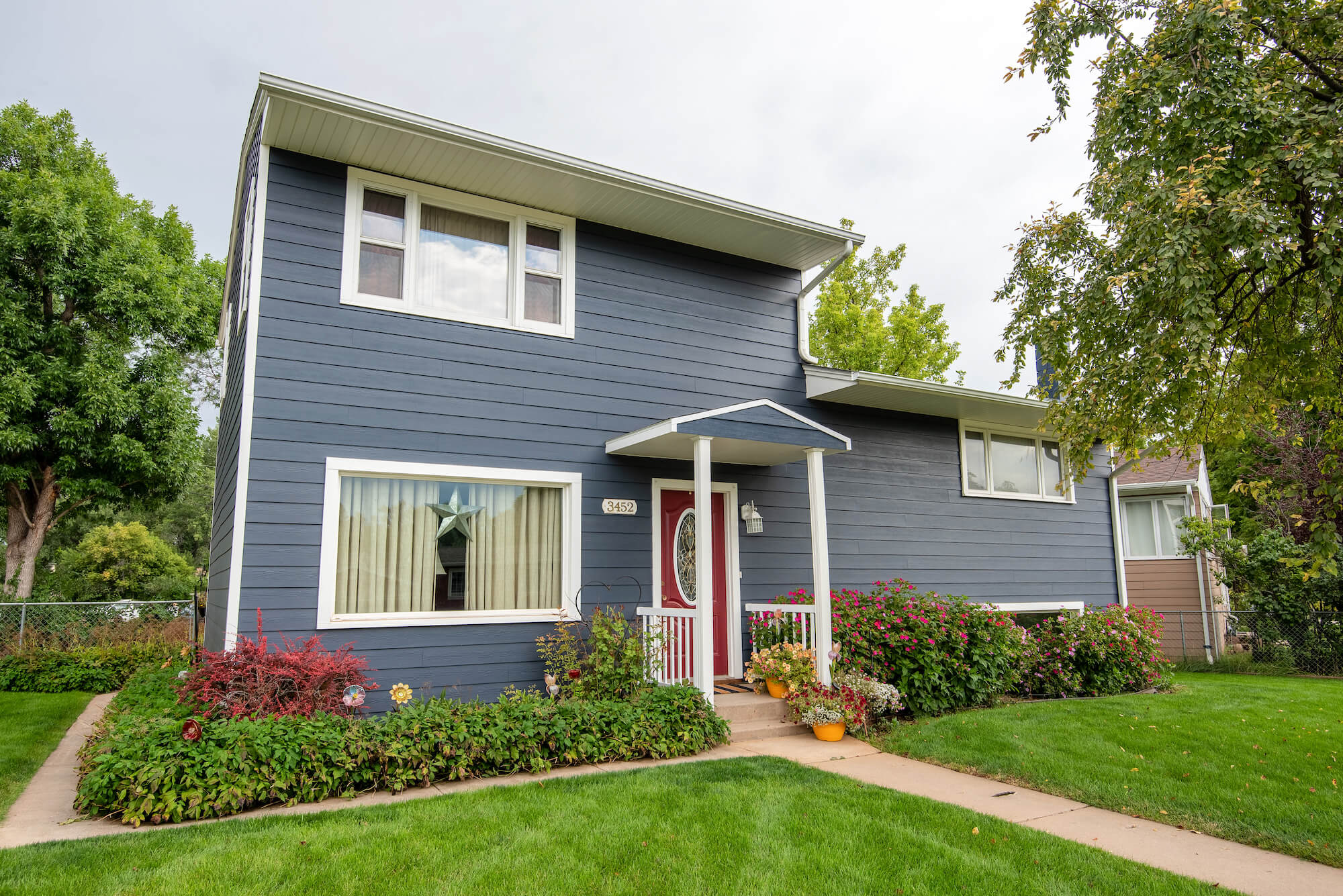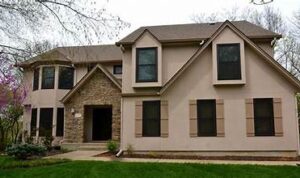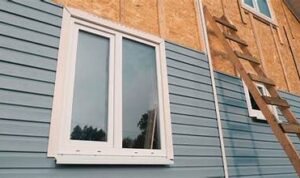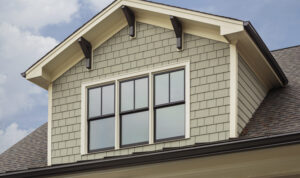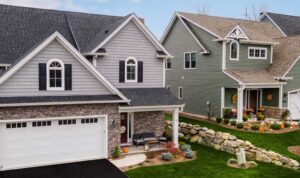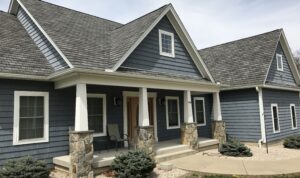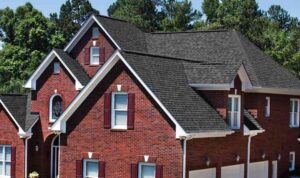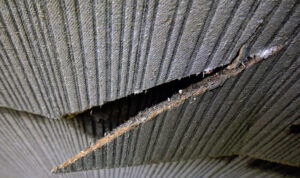Delve into the dynamic world of global roofing and siding, where innovation meets tradition in the construction sector. From historical roots to modern trends, this topic offers a fascinating journey through the diverse landscape of roofing and siding materials and practices.
Uncover the key aspects of this industry that shape the buildings we see around the world today.
Overview of Global Roofing and Siding Industry
The global roofing and siding industry has a rich history dating back centuries, evolving alongside advancements in construction techniques and materials. Initially, roofing and siding were primarily functional components of buildings, providing protection from the elements. However, over time, these elements have become integral parts of the aesthetic appeal and overall design of structures.
Significance in the Construction Sector
Roofing and siding play a crucial role in the construction sector, not only in terms of functionality but also in enhancing the visual appeal of buildings. They provide insulation, weatherproofing, and structural support, ensuring the durability and longevity of a structure.
Moreover, the choice of roofing and siding materials can significantly impact the energy efficiency and environmental sustainability of a building.
Key Players and Major Market Trends
In the global roofing and siding market, several key players dominate the industry, offering a wide range of products and services to meet the diverse needs of consumers. Companies such as Owens Corning, CertainTeed Corporation, and GAF Materials Corporation are among the leading players in the market.
Major market trends include a growing demand for sustainable and eco-friendly materials, technological advancements in roofing and siding products, and a shift towards more customized solutions to cater to individual preferences and architectural styles.
Types of Roofing Materials
When it comes to roofing materials, there are several options available globally, each with its own set of pros and cons. Factors such as climate, geography, durability, and cost play a significant role in determining the ideal roofing material for a particular location.
Asphalt Shingles
Asphalt shingles are one of the most popular roofing materials due to their affordability and ease of installation. They come in a variety of colors and styles, making them a versatile option for many homeowners. However, asphalt shingles have a shorter lifespan compared to other materials and may not be as durable in extreme weather conditions.
Metal Roofing
Metal roofing is known for its longevity and durability, often lasting 50 years or more. It is also fire-resistant and can withstand harsh weather conditions, making it an excellent choice for areas prone to hurricanes or wildfires. On the downside, metal roofing can be expensive upfront and may require professional installation.
Clay Tiles
Clay tiles are popular in regions with warm climates due to their ability to reflect heat and keep homes cool. They are also resistant to rot, insects, and fire, making them a durable option. However, clay tiles can be heavy, requiring a strong roof structure for support, and they may be prone to breakage in extreme weather conditions.
Wood Shingles
Wood shingles offer a natural and rustic look to a home and are environmentally friendly. They are also lightweight and easy to install. However, wood shingles are susceptible to rot, mold, and insect damage, requiring regular maintenance to prolong their lifespan.
In areas with high humidity or frequent rainfall, wood shingles may not be the best choice.
Siding Options for Different Regions
When it comes to siding options for homes, there are various materials available globally to choose from. Each material offers different features and benefits, influenced by cultural preferences and climate conditions in different regions.
Vinyl Siding
- One of the most popular siding choices globally due to its affordability and low maintenance requirements.
- Available in a wide range of colors and styles to suit different architectural designs.
- Resistant to moisture, rot, and insects, making it ideal for humid climates.
Wood Siding
- Provides a natural and traditional look to homes, often preferred in regions with colder climates.
- Requires regular maintenance such as painting or staining to prevent rot and moisture damage.
- Can be environmentally friendly if sourced from sustainable forests.
Fiber Cement Siding
- A durable and low-maintenance option suitable for various climates, including wet and humid regions.
- Resistant to fire, insects, and rot, providing long-lasting protection for homes.
- Available in different textures and can mimic the look of wood or stucco.
Metal Siding
- Offers excellent durability and resistance to extreme weather conditions, making it ideal for regions with harsh climates.
- Can be made from materials like aluminum, steel, or zinc, each with its unique characteristics.
- Requires minimal maintenance and can be recycled, making it an eco-friendly choice.
Sustainable Practices in Roofing and Siding
As the construction industry continues to focus on sustainability, the roofing and siding sector is also adopting eco-friendly practices to reduce environmental impact.
Eco-Friendly Materials
Roofing and siding manufacturers are increasingly incorporating sustainable materials into their products to promote energy efficiency and reduce waste. Some of the popular eco-friendly options include:
- Solar Panels: Solar roofing systems harness the power of the sun to generate electricity, reducing reliance on traditional energy sources and lowering utility bills.
- Green Roofs: Green roofs are covered with vegetation, providing natural insulation, reducing stormwater runoff, and improving air quality.
- Recycled Siding Options: Siding made from recycled materials helps divert waste from landfills and reduces the need for virgin materials in construction.
Growing Trend Towards Sustainability
The roofing and siding industry is witnessing a significant shift towards sustainable construction practices. Builders, homeowners, and developers are increasingly prioritizing environmentally friendly materials and methods to create more energy-efficient and eco-conscious buildings. This trend is expected to continue as awareness of climate change and environmental issues grows.
Technological Advancements in Roofing and Siding
Technology has significantly transformed the roofing and siding industry, revolutionizing the way buildings are constructed and maintained. Innovations such as smart roofs, 3D printing, and advanced insulation materials have paved the way for more energy-efficient and durable roofing and siding systems.
Smart Roofs
- Smart roofs incorporate sensors and monitoring systems to optimize energy efficiency and detect potential issues in real-time.
- These roofs can adjust ventilation, insulation, and temperature settings based on weather conditions and energy demand.
- Smart roofs contribute to reducing energy consumption and operating costs for building owners.
3D Printing in Roofing
- 3D printing technology is being used to create intricate and customized roofing components with precision and speed.
- This innovation allows for faster installation and reduced material waste during construction processes.
- 3D printed roofing materials are known for their durability and resistance to weather elements.
Advanced Insulation Materials
- New insulation materials, such as aerogel and vacuum insulated panels, provide superior thermal performance and moisture resistance.
- These advanced materials enhance the energy efficiency of buildings by reducing heat loss and improving indoor comfort levels.
- Insulation advancements contribute to sustainable practices in roofing and siding by minimizing the environmental impact of heating and cooling systems.
Closing Summary
In conclusion, the global roofing and siding industry stand as a testament to human ingenuity and environmental consciousness. As technology advances and sustainability becomes paramount, the future of roofing and siding holds exciting possibilities for construction worldwide.
Top FAQs
What are some common roofing materials used globally?
Common roofing materials include asphalt shingles, metal, clay tiles, and wood.
How do cultural preferences influence siding choices in different regions?
Cultural preferences can impact siding choices by influencing the popularity of materials like vinyl, wood, fiber cement, or metal.
What are some sustainable practices in roofing and siding?
Sustainable practices include using eco-friendly materials like solar panels, green roofs, and recycled siding options.
How has technology impacted the roofing and siding industry?
Technology has led to innovations like smart roofs, 3D printing, and advanced insulation materials, improving energy efficiency and durability in roofing and siding systems.

